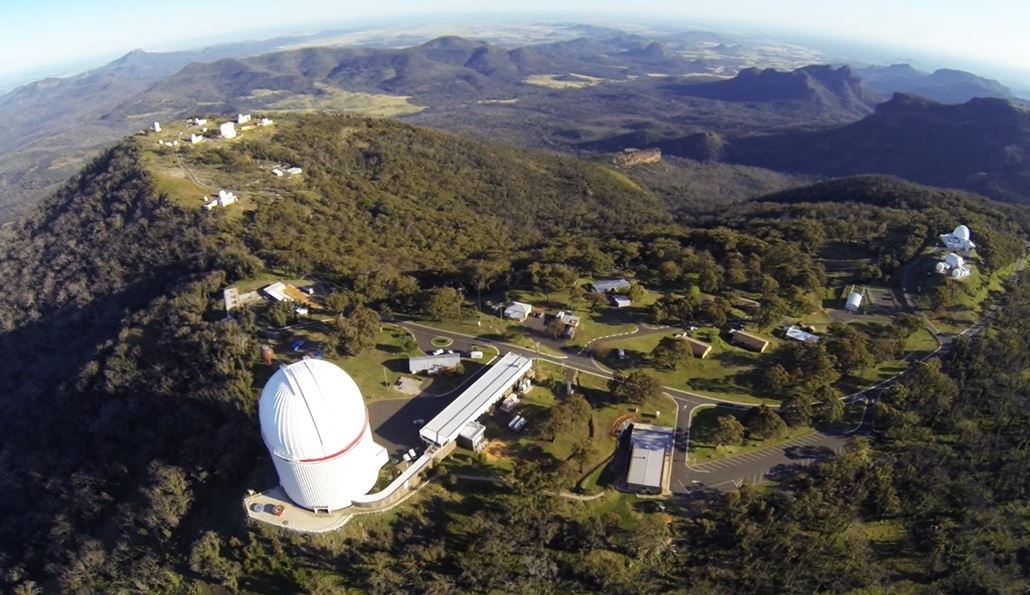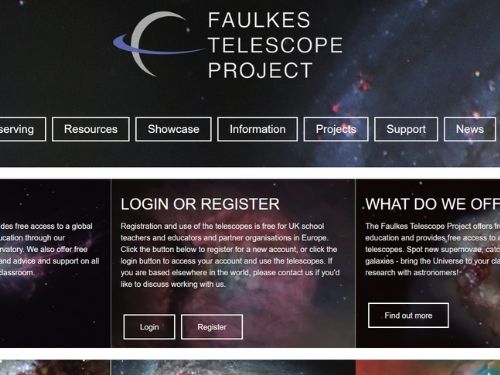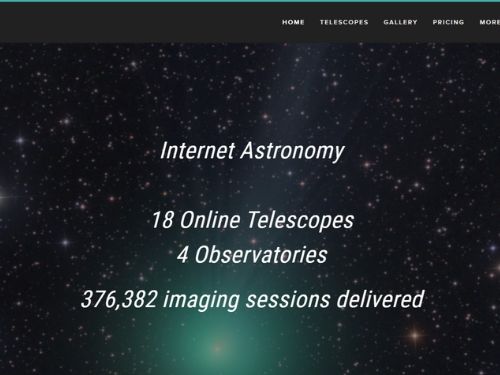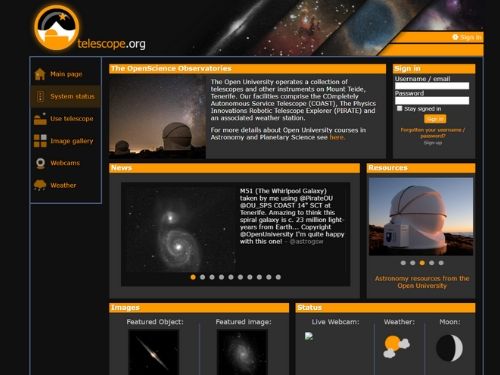
Remote telescopes: take control of some of the greatest telescopes from your computer
Thanks to the Internet, you not only have access to a large amount of information about space and astronomy, but also to the world’s largest telescopes. Installed under clear skies, these telescopes allow you to aim at any object of the sky and you don’t have to be in the same country.
You can use these powerful telescopes remotely, such as scientists who control robotic interplanetary space probes that take photos of the Moon and travel long distances to planets. They are called remote telescopes, or virtual telescopes.

Siding Spring Observatory Australia (Faulkes Telescope Project) – Credit: Ssopete / CC BY-SA (https://creativecommons.org/licenses/by-sa/4.0)
Thanks to today’s high-speed Internet connections and browser-based programming, anyone with an Internet connection can now escape their lighting-polluted environment for places with clear skies across the world. You can skip from the skies of New Mexico to the sky of Spain and Australia, but you can also use remote telescopes that worth a fortune.
Although you don’t have the opportunity to look through the eyepiece like at home or at your astronomy club meeting, using an observatory in another country is quite mind-blowing. With a few clicks, you can use a remote telescope to observe objects in the deep sky that you have never seen before. Your mouse and keyboard are doors to the universe thanks to remote telescopes!
Some of the best remote telescopes available on the internet
Slooh
- Telescopes: 8 & 9
- Price: free
- Public: beginners / accessible to children
Slooh does not offer a very large network, but it does allow members to use its telescopes for free. You can be guided during sessions in real time by an astronomer.
Slooh provides complete control guidelines that are simple enough for a child to participate. There are even programs for young astronomers.

Faulkes Telescope Project
- Telescopes: 5 & 6
- Price: free
- Public: beginners / accessible to children
Partner of the LCOGTN (Las Cumbres Observatory Global Telescope Network), the Faulkes Telescope Project gives free access to its 2-meter robotic telescopes (one in Hawaii and the other in Australia).
Like other associations hosting telescopes, the Faulkes Telescope Project offers trainings for all those who want to get the best out of amateur astronomy.

iTelescope
- Telescopes: 1,2,3 & 4
- Price: from $19
- Audience: experienced amateurs
iTelescope operates a network of nearly twenty telescopes in three locations around the world in both the Northern and Southern hemispheres.
Being located in both hemispheres is a huge advantage, because if the skies are not clear enough in one, you can go in the other!

Bradford Robotic Telescope
- Telescope: 10
- Price: free
- Public: beginners / accessible to children
The BRT (Bradford Robotic Telescope) is often used by schools and colleges, one of the favorites for raising awareness about astronomy.
BRT is free, which unfortunately means that it is in great demand. The system has several powerful backup systems and can handle any difficulties it may encounter.

